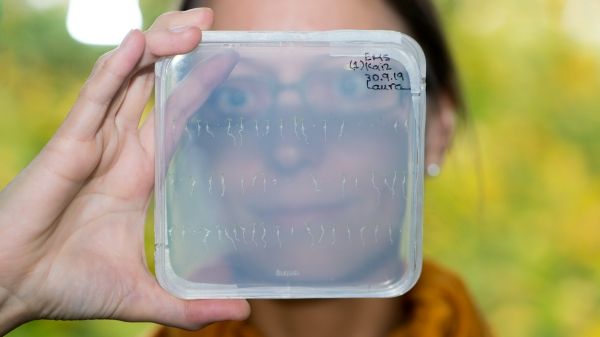The roots of plants can do a lot of things: They grow in length to reach water, they can bend to circumvent stones, and they form fine root hairs enabling them to absorb more nutrients from the soil. A team of researchers led by scientists at the Technical University of Munich (TUM) has now identified an important regulator of this process.
If a forest fire destroys larger plants, seeds of so called fire-followers see their chance: these have a receptor protein that can “smell” certain molecules generated in smoke of burnt plant material. The receptor protein called KAI2 sets off a signal cascade causing the seeds to germinate.
A team of researchers led by Caroline Gutjahr, professor for plant genetics at the TUM School of Life Sciences Weihenstephan, has now discovered that it also plays an important role in regulating the growth of roots.
Root hairs increase the root surface area
To achieve a large surface area through which water and nutrients can be absorbed, the roots of plants grow fine root hairs. José Antonio Villaécija-Aguilar, a Ph. D. student in Caroline Gutjahr’s team, has now made the discovery that KAI2 is both necessary for the growth of this root hair and for the downward growth of roots.
Read more at Technische Universität München
Image: Prof. Dr. Caroline Gutjahr with seedlings of thale cress (Arabidopsis). CREDIT: A. Battenberg / TUM


